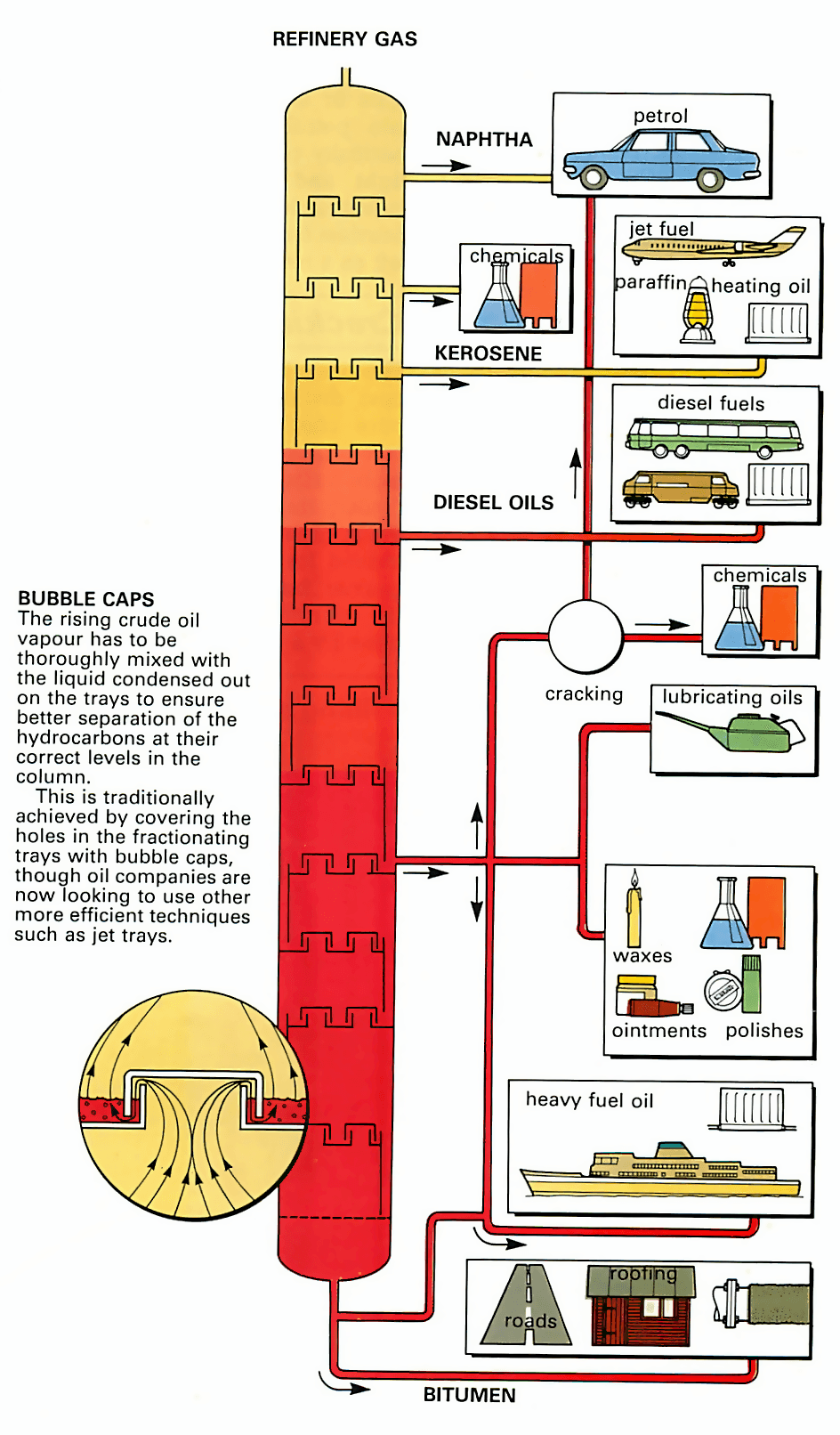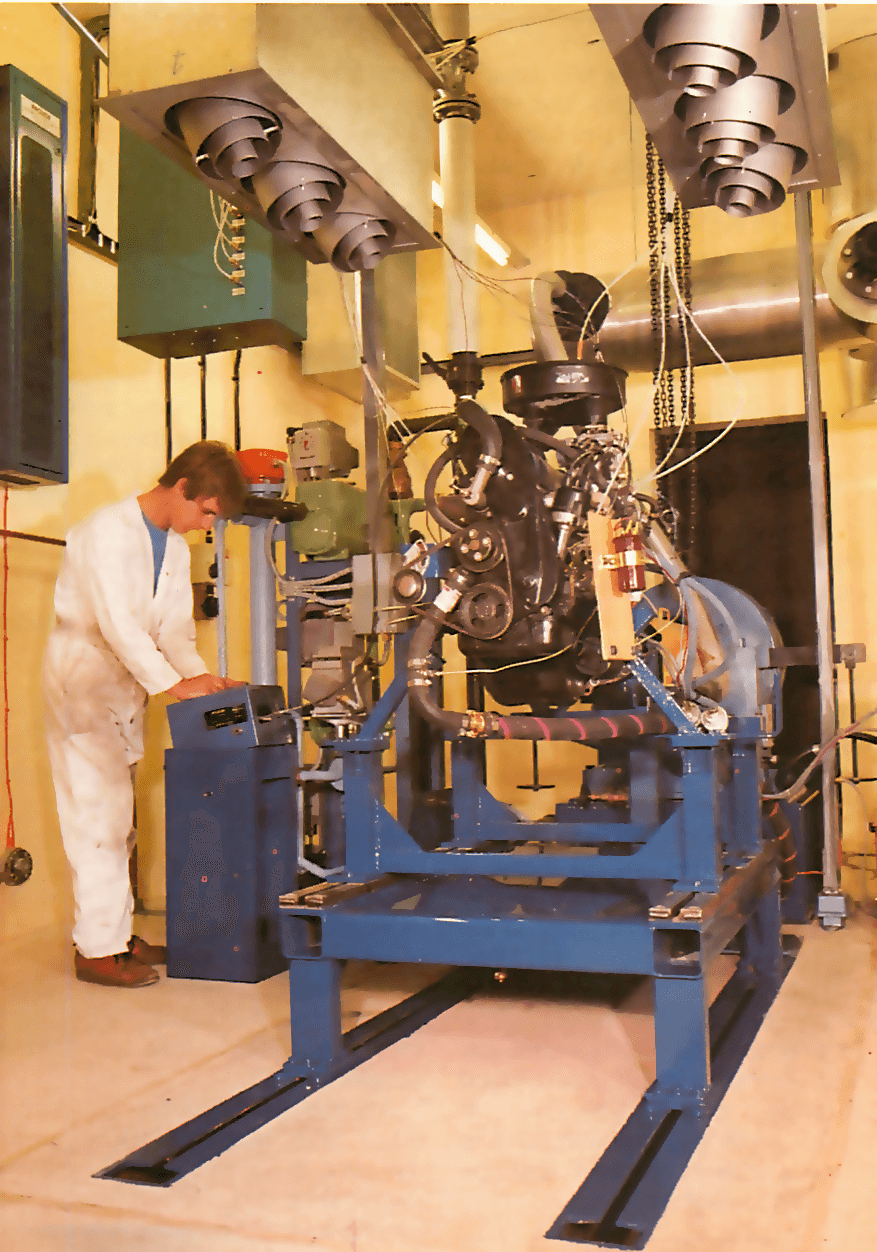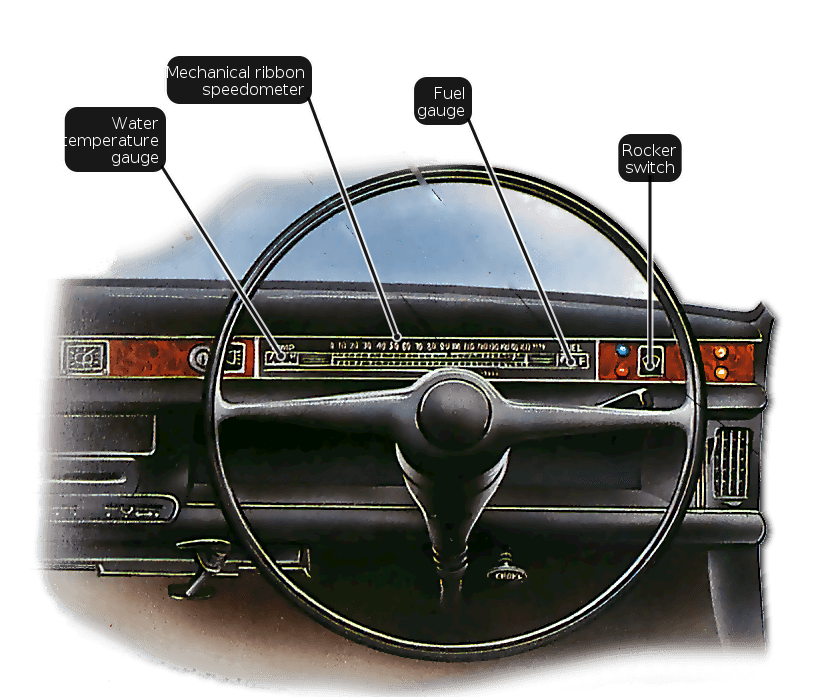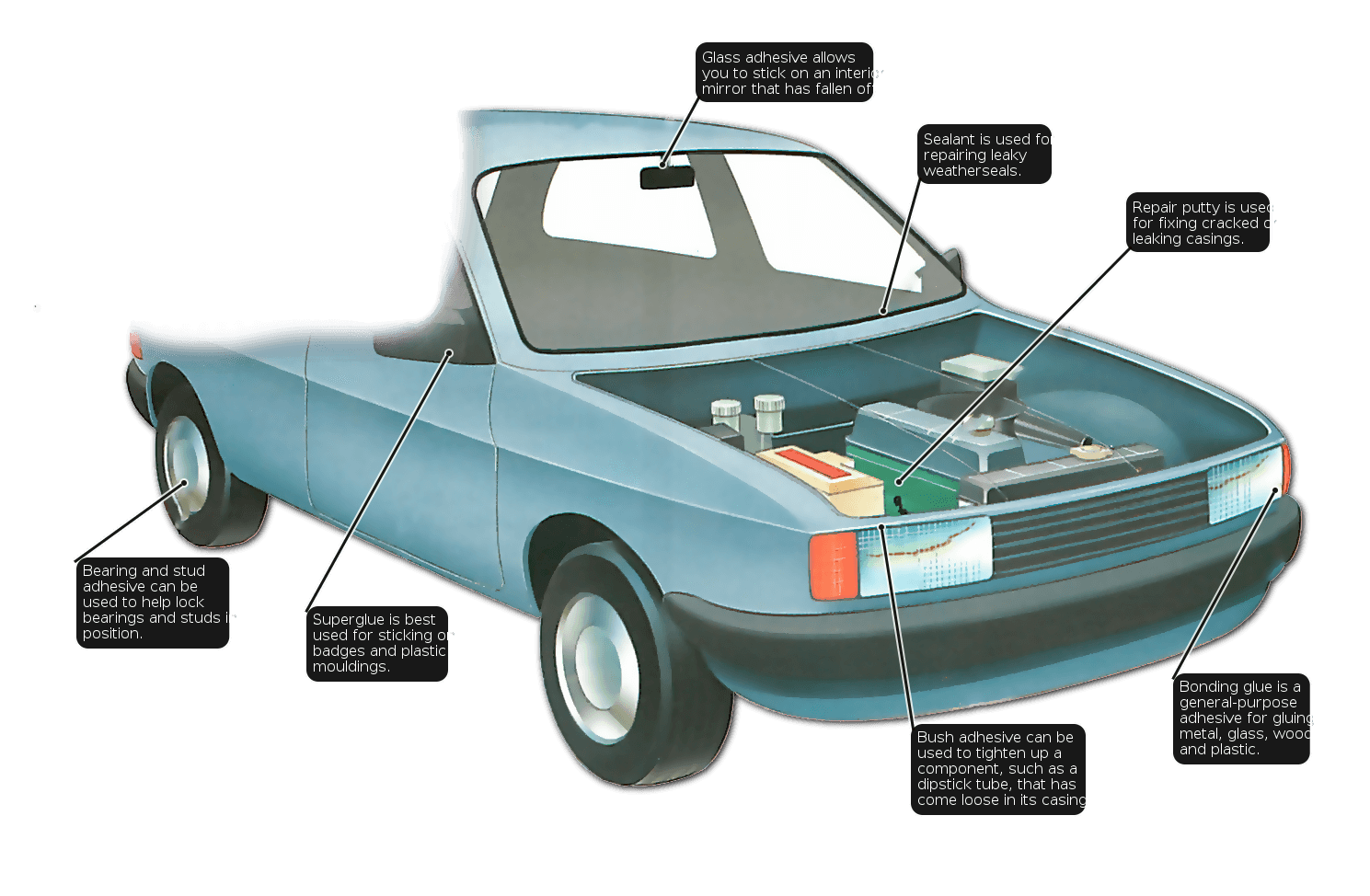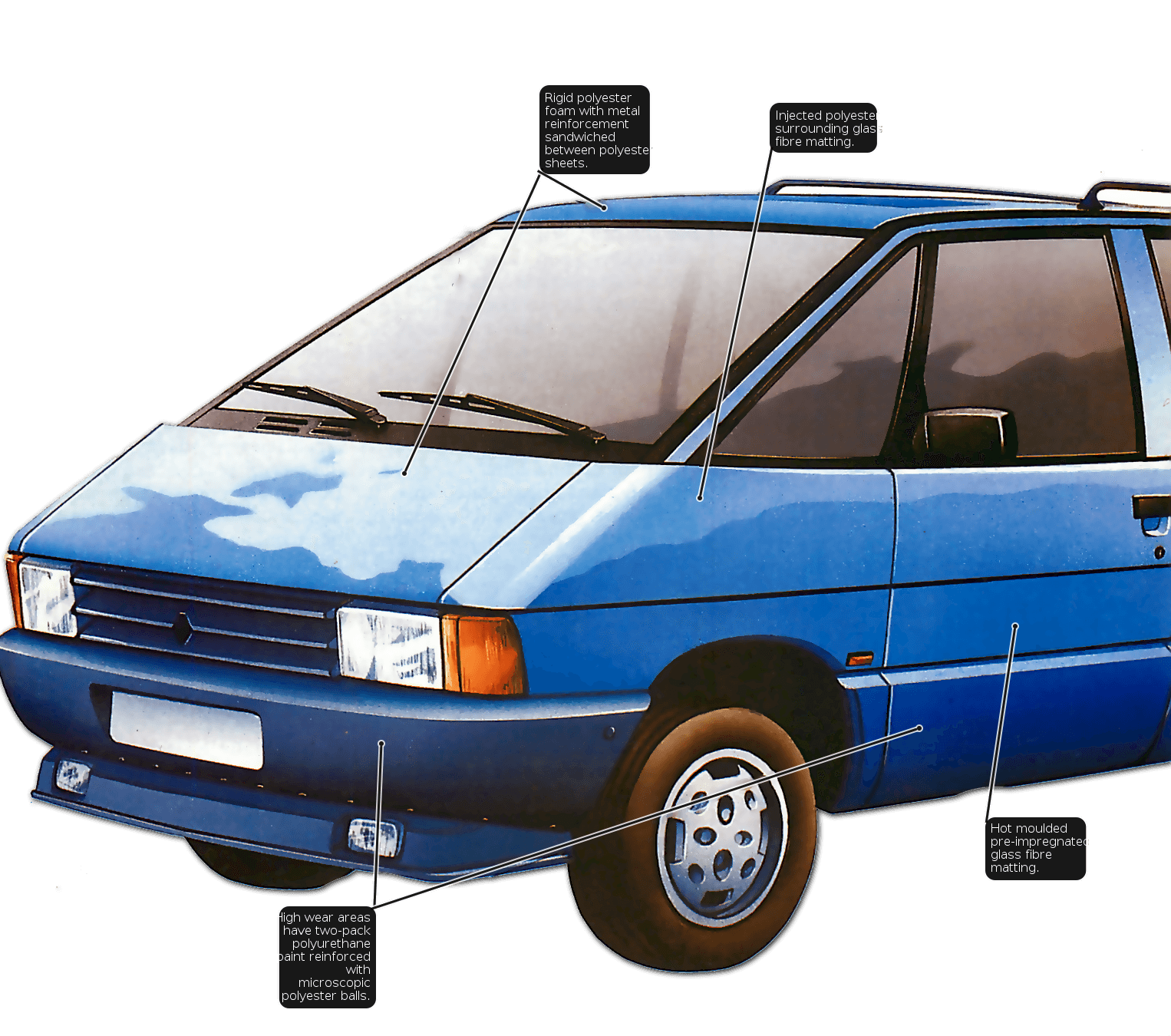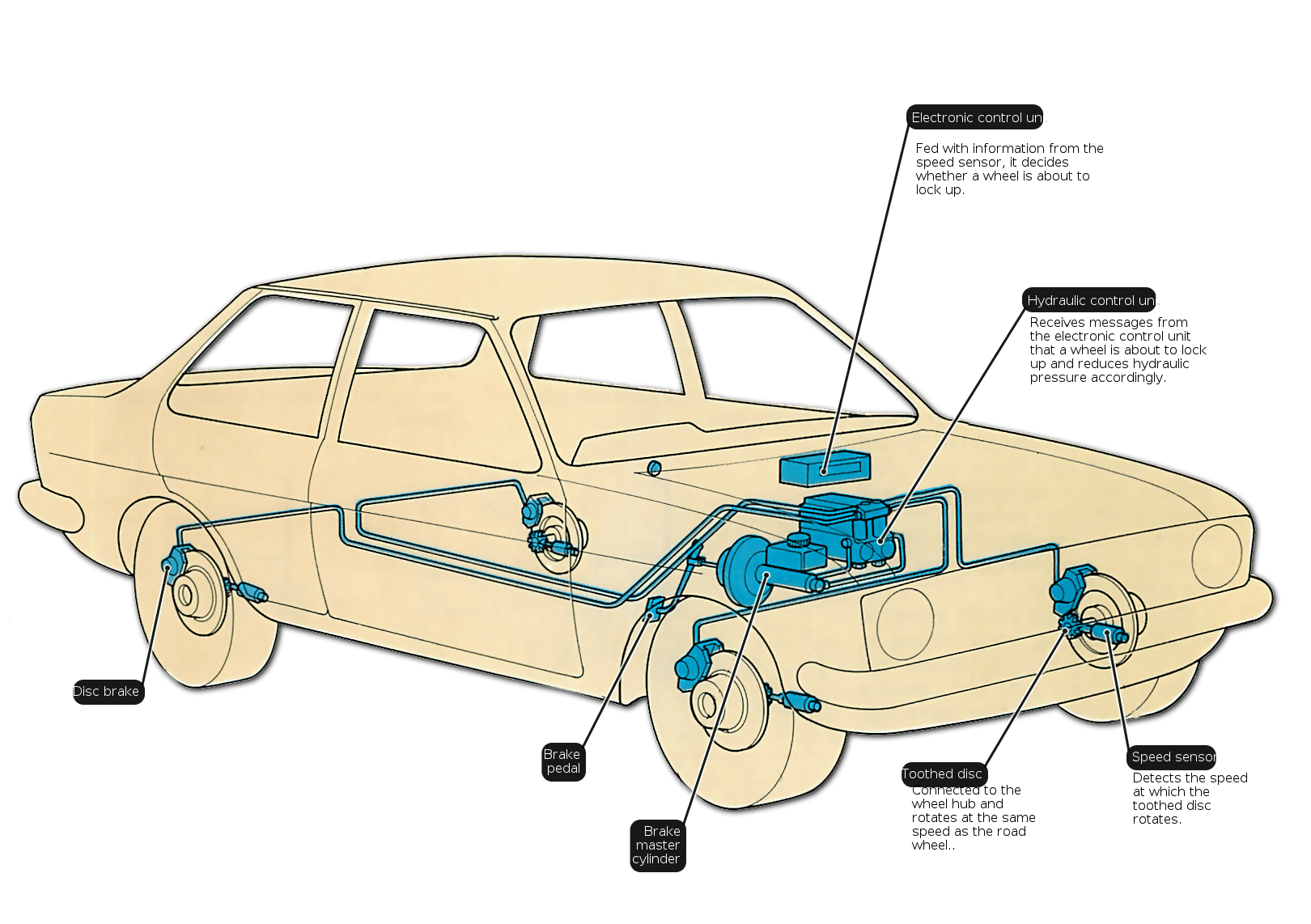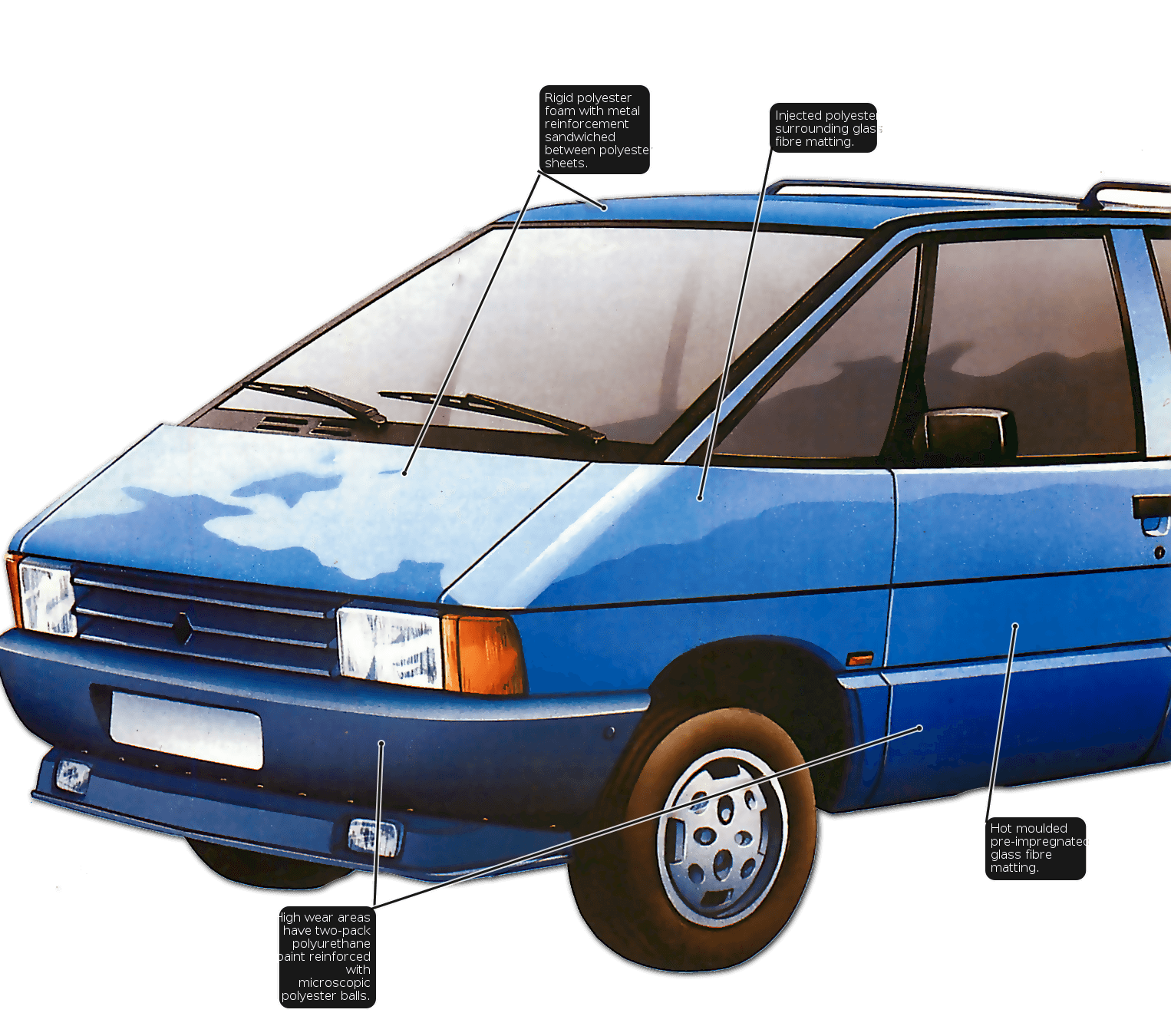How car oil is refined
Crude oil is broken down into its constituent hydrocarbons inside a fractionating column. Lighter hydrocarbons, including petrol, are tapped off high up the column while heavier ones, such as diesel, separate out lower down. Modern fuels have to be sufficiently volatile to ignite quickly, even under adverse conditions, and they have to have the correct blend of hydrocarbons to burn evenly enough to develop useful power in an internal combustion engine. The fuel must also have the right octane value to prevent pinking (detonating too early) which can cause engine…
Read More